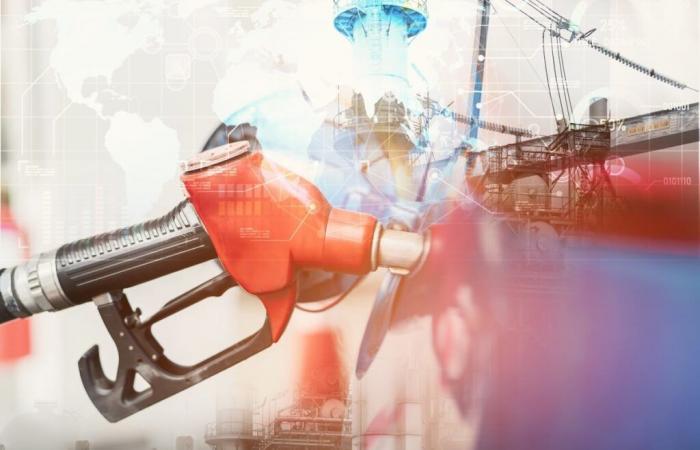As COP29 approaches, which will take place from November 11 to 22, 2024 in Azerbaijan, TotalEnergies, the French energy giant, anticipates that global oil demand will continue to increase, reaching a peak around 2030.
TotalEnergies is banking on rising global oil demand
Contrary to the more cautious forecasts of the International Energy Agency (IEA), which envisages a more rapid decline in the consumption of fossil fuels to meet climate objectives, TotalEnergies adopts a pragmatic vision. “ According to our projections, the demand for oil will continue to increase at least until 2030. We must be realistic and meet the energy needs of a growing world population “, declared Patrick Pouyanné, CEO of TotalEnergies.
This anticipation is based on the sustained increase in energy demand, particularly in emerging countries, where access to energy sources remains limited. TotalEnergies believes that this growing demand, coupled with rapid modernization in certain countries, will push global consumption to a peak in the years to come. The company thus plans that current oil reserves could ensure production at current rates for another 90 years, and gas reserves for around 140 years.
A multi-energy strategy to meet economic and climate challenges
Faced with the pressure of the energy transition and the imperatives of reducing carbon emissions, TotalEnergies has adopted an energy diversification strategy. The company invests heavily in natural gas, a less polluting energy source than oil. TotalEnergies aims to reach 50% gas in its sales mix by 2030notably through investments in new deposits, such as those located in the British North Sea and the United States. Furthermore, the French company has implemented strict measures to reduce its methane emissions, with the objective of reducing them by 80% by 2030., and it maintains its objective which is to reduce “ by 40% its sales of petroleum products by 2030, so as not to sell or refine more fuels than it produces oil ».
In Europe, TotalEnergies is gradually converting its service stations into multi-energy charging points (electric car terminals, hydrogen stations). A development which is part of a logic of transition towards alternative energies, while meeting the current demand for fossil fuels. Beyond energy use, the company is also diversifying the applications of its petroleum products by moving towards non-energy uses, such as petrochemicals and lubricants. “ These non-energy uses, which emit less greenhouse gases, will become crucial as mobility moves towards low-carbon solutions. » she wants to emphasize.






